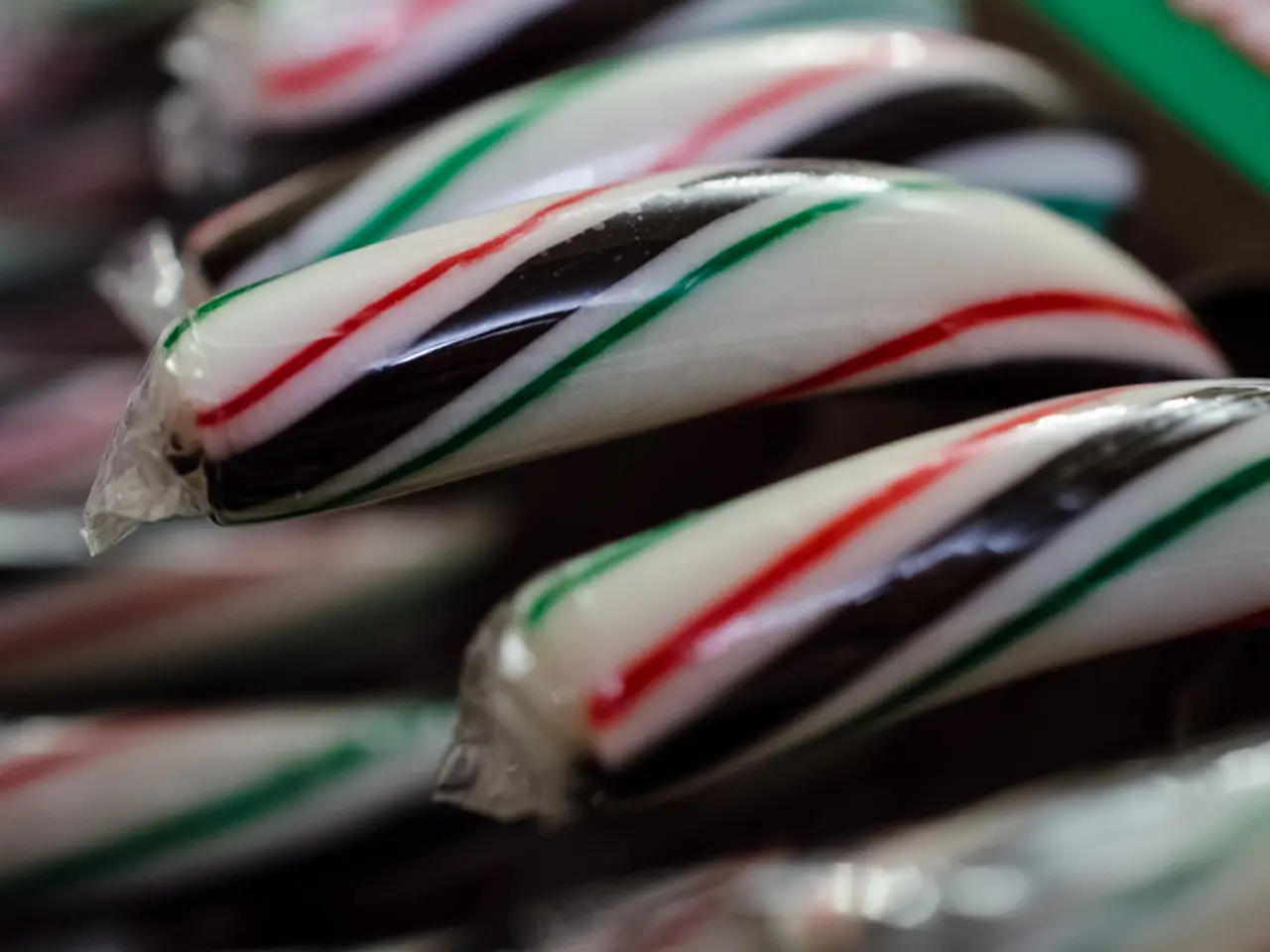West African rainfall deficit pushes cocoa prices significantly upward
In the world of cocoa, weather conditions in West Africa, particularly in Côte d’Ivoire and Ghana, are causing a significant stir. Poor weather, including irregular rainfall and rising temperatures, has led to supply constraints, pushing prices up sharply in early 2025.
Recent months have seen improved rainfall patterns, offering some respite to the market. This could potentially lead to stabilization or slight price corrections over the next 6 to 12 months.
Climate variability and extreme weather events have been key factors in this volatile market. Uneven rainfall, droughts, heat stress, and excessive rainfall can all impact yields and quality, as well as disrupt harvesting and cause diseases. Weather-related stress also facilitates disease outbreaks, such as Black Pod disease and Swollen Shoot Virus, further limiting cocoa availability.
This adverse weather has resulted in a drastic contraction in global cocoa supply. In the 2023/24 season alone, production fell by more than 450,000 tons, one of the largest shortfalls in recent decades. This shortage forced a global price surge, with cocoa prices exceeding $8,200 per ton in mid-2025—historic highs on major commodity exchanges.
The supply shortage from West Africa has tightened global availability, fueling volatility and pushing inventories to historically low levels despite some stock build-up in US ports. Ghana, the world's second-largest cocoa producer, expects a production increase of about 8.3% in 2025/26. While this may help in the recovery, it may not fully offset earlier deficits or supply-chain disruptions.
Other major cocoa producers outside West Africa are expected to contribute somewhat to supply recovery, helping moderate prices in 2026 as output gradually outpaces demand.
The European Cocoa Association reported that Q2 European cocoa grindings fell by -7.2% y/y to 331,762 MT. Chocolate makers such as Lindt & Spruengli AG and Barry Callebaut AG have lowered their margin and sales volume guidance due to these persistently high cocoa prices.
Investors are also playing a role in this market. ICE Futures Europe reported that funds boosted their net-short London cocoa positions by 1,904 to 8,265 short positions the week ended July 22, the most in more than two years.
Looking ahead, the global cocoa market remains sensitive to weather shocks and production risks in West Africa, which supplies over 70% of the world’s cocoa. Thus, the cocoa price dynamics in 2025-26 reflect the interplay between West African weather-related supply disruptions and gradual recovery, impacting global supply and price trends.
References: 1. Bloomberg 2. Reuters 3. Food and Agriculture Organization 4. ICCO
- The unusual weather patterns in West Africa have prompted notable fluctuations in the global cocoa industry, causing prices to spike in the realm of personal-finance.
- As players in the finance sector, investors have shown interest in the cocoa market, with ICE Futures Europe reporting an increase in net-short London cocoa positions, signifying a potential long-term impact on business profits.
- The energy consumed in the production, transportation, and processing of cocoa products could be affected by the anticipated recovery in West African cocoa output, influencing the overall sustainability of the industry.




